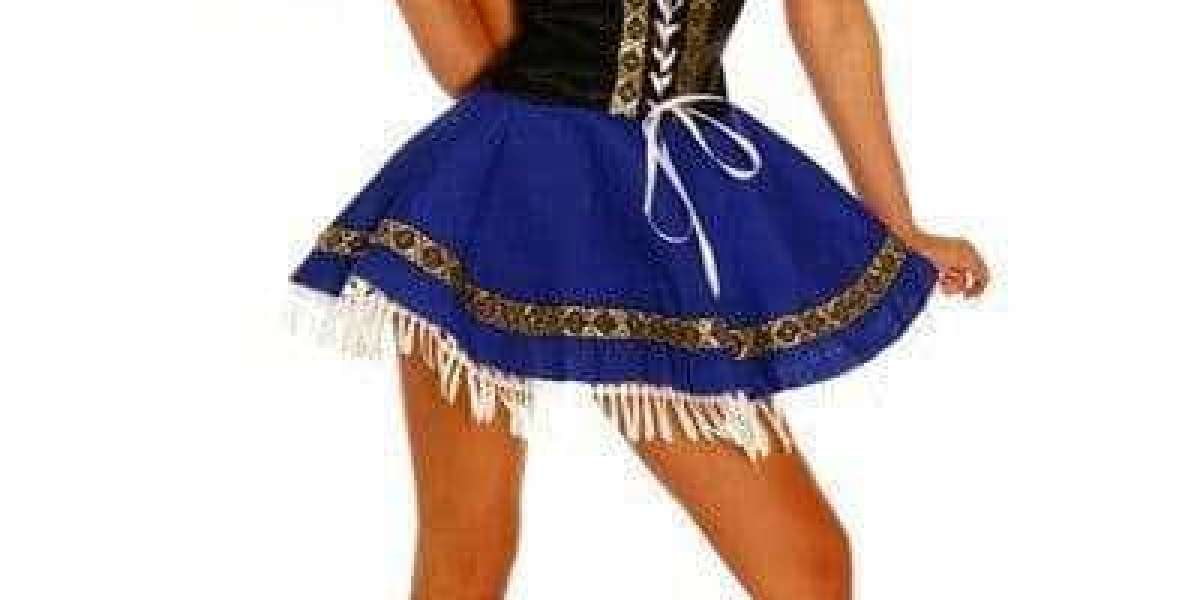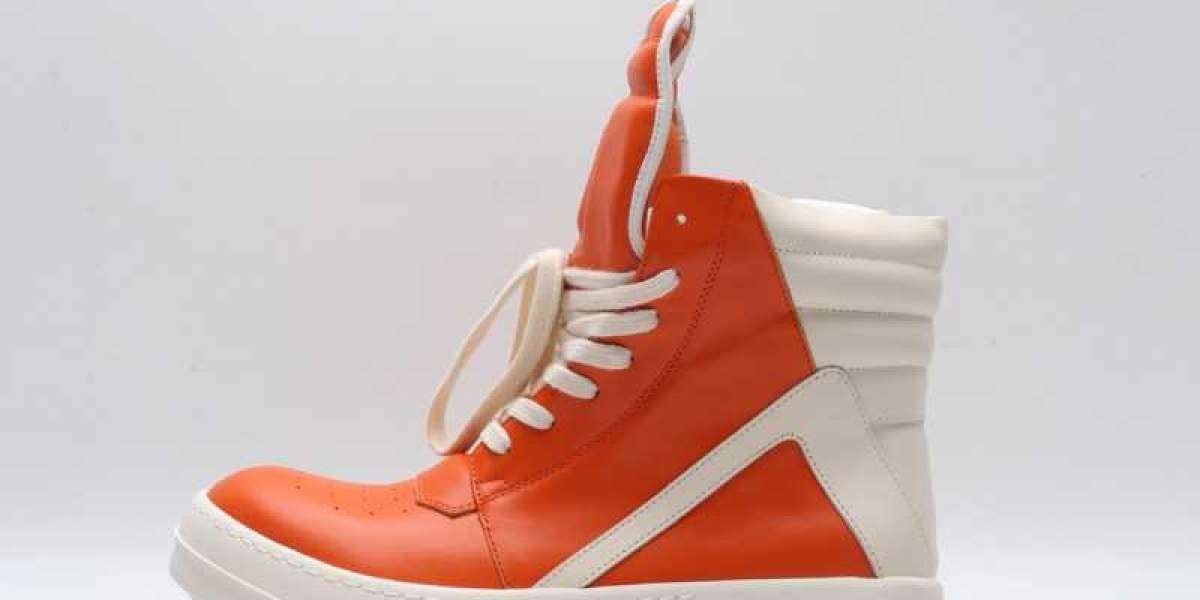Fancy dress costumes have always been a source of joy and excitement for children, especially for young girls. These costumes allow them to step into a world of imagination, transforming into their favorite characters, animals, or even historical figures. In this article, we will explore the enchanting world of girls' fancy dress costumes, looking at their historical evolution, the most popular themes, the importance of inclusivity and diversity in costume design, and tips for choosing the perfect costume.
The Evolution of Fancy Dress Costumes
Historical Background
The tradition of dressing up in costumes dates back to ancient times. In various cultures, costumes were used in religious rituals, theatrical performances, and festivals. The concept of "fancy dress" as we know it today began to take shape in the 18th and 19th centuries. Masquerade balls were all the rage in Europe, where attendees wore elaborate costumes and masks. These events were not just about fun; they also reflected social hierarchies and political statements.
The 20th Century: A Costume Renaissance
The 20th century saw a significant evolution in fancy dress costumes, especially for children. With the rise of cinema and later television, characters from films and shows became popular choices for fancy dress. Disney princesses, superheroes, and characters from fairy tales became staple choices for girls' costumes. Halloween, a festival that heavily features costume-wearing, became mainstream, further popularizing the practice of dressing up.
Popular Themes for Girls' Fancy Dress Costumes
Princesses and Fairies
One of the most enduring themes for girls' fancy dress costumes is the princess or fairy. The allure of these characters lies in their beauty, elegance, and the magical worlds they inhabit. Costumes of characters like Cinderella, Snow White, and Elsa from Frozen are perennial favorites. Fairy costumes, complete with wings and wands, allow girls to embrace their love for magic and enchantment.
Superheroes
With the rise of superhero movies and comics, girls have increasingly gravitated towards superhero costumes. Characters like Wonder Woman, Supergirl, and Captain Marvel provide strong, empowering role models for young girls. These costumes are not just about fun; they also help girls feel strong and capable.
Animals and Nature
Costumes inspired by animals and nature are another popular category. From cute bunnies and ladybugs to majestic lions and butterflies, these costumes allow girls to explore their love for the natural world. These costumes are often colorful and incorporate various textures, making them visually appealing and tactilely interesting.
Historical and Cultural Figures
Fancy dress costumes that represent historical and cultural figures provide an educational aspect to the fun. Girls can dress up as figures like Cleopatra, Joan of Arc, or Amelia Earhart, learning about these important women in the process. Cultural costumes, such as traditional Japanese kimonos or Indian saris, allow for an exploration of different cultures and their histories.
Fantasy and Science Fiction
Fantasy and science fiction genres offer a treasure trove of costume ideas. Characters from popular franchises like Harry Potter, Star Wars, and The Lord of the Rings inspire intricate and imaginative costumes. These themes allow girls to explore futuristic and magical worlds, expanding their imaginative play.
The Importance of Inclusivity and Diversity
Representation Matters
In recent years, there has been a growing awareness of the importance of inclusivity and diversity in children's media and products, including fancy dress costumes. Representation matters, and every child should be able to see themselves in the characters they admire. This means offering a diverse range of costumes that reflect different races, body types, and abilities.
Adaptive Costumes
For children with disabilities, adaptive costumes have become increasingly important. These costumes are designed to accommodate various needs, such as being wheelchair-friendly or having easy-access features. Companies like Disney have started to create adaptive costumes, ensuring that every child can participate in the joy of dressing up.
Breaking Gender Stereotypes
Another important aspect of inclusivity is breaking down gender stereotypes. Girls should feel free to choose any costume they like, whether it's traditionally seen as feminine or not. If a girl wants to dress up as a pirate or a superhero, she should be encouraged to do so. The same goes for boys who may want to dress up as traditionally feminine characters. The goal is to allow children to express themselves freely and explore their interests without being constrained by societal expectations.
Choosing the Perfect Costume
Safety First
When choosing a costume, safety should always be a top priority. Ensure that the costume is made of flame-retardant materials, especially if it will be worn near open flames, like candles during Halloween. Avoid costumes with small parts that could be a choking hazard for younger children. Comfortable, well-fitting shoes are also important to prevent tripping and falls.
Comfort and Fit
A costume should be comfortable and allow for ease of movement. Consider the weather conditions in which the costume will be worn; a costume that is too warm or too cold can quickly ruin the fun. Adjustable elements, such as elastic waistbands or Velcro closures, can help ensure a good fit as children grow.
DIY vs. Store-Bought
Deciding between a DIY (do-it-yourself) costume and a store-bought one depends on various factors, including time, budget, and creativity. DIY costumes can be a fun project to do with your child and can be customized to their exact preferences. However, store-bought costumes offer convenience and often come with all the necessary accessories.
Involving Your Child
Involve your child in the decision-making process. This not only ensures that they are happy with the costume but also allows them to express their interests and creativity. Let them choose the theme or character they want to be, and if possible, involve them in creating or customizing the costume.
The Impact of Fancy Dress on Child Development
Encouraging Imagination and Creativity
Fancy dress costumes play a significant role in encouraging imagination and creativity in children. When children dress up, they often engage in role-playing, creating stories and scenarios that enhance their creative thinking. This imaginative play is crucial for cognitive development and helps children learn problem-solving skills.
Building Confidence
Wearing a costume can also boost a child's confidence. When children dress up as their favorite characters or heroes, they often feel empowered and more self-assured. This can translate into improved social skills and a willingness to take on new challenges.
Enhancing Social Skills
Fancy dress parties and events provide opportunities for children to interact with their peers, enhancing their social skills. They learn to cooperate, negotiate, and share ideas, all of which are important aspects of social development. Group activities, like themed games or performances, further reinforce these skills.
Understanding Emotions and Empathy
Role-playing different characters helps children understand and express various emotions. They learn to put themselves in someone else's shoes, which is a fundamental aspect of developing empathy. This emotional intelligence is crucial for building healthy relationships and understanding the world around them.
The Role of Parents and Educators
Encouraging Participation
Parents and educators play a crucial role in encouraging children to participate in fancy dress activities. By providing opportunities and resources for dress-up play, they help children explore their interests and develop various skills. Schools can incorporate dress-up days or themed events as part of their curriculum to promote creativity and learning.
Promoting Positive Messages
When choosing or making costumes, it's important to promote positive messages. Avoid costumes that perpetuate negative stereotypes or cultural appropriation. Instead, focus on costumes that celebrate diversity and teach children about different cultures and histories in a respectful manner.
Balancing Fantasy and Reality
While fantasy play is important, it's also crucial to help children distinguish between fantasy and reality. Parents and educators can use dress-up play as an opportunity to discuss real-life issues and values. For example, a superhero costume can be a starting point for a conversation about bravery and helping others.
Trends and Innovations in Fancy Dress Costumes
Sustainable Costumes
As environmental awareness grows, so does the demand for sustainable fancy dress costumes. Parents and manufacturers are increasingly looking for costumes made from eco-friendly materials and produced through ethical practices. Reusable and recyclable costumes are becoming more popular, reducing the environmental impact of these products.
Tech-Enhanced Costumes
With advancements in technology, tech-enhanced costumes are becoming a trend. These costumes may incorporate elements like LED lights, sound effects, or interactive features, adding an extra layer of excitement for children. However, it's important to ensure that these features are safe and age-appropriate.
Customizable and Modular Costumes
Customizable and modular costumes allow for greater flexibility and creativity. Children can mix and match different pieces to create unique looks, encouraging imaginative play. This trend also caters to growing children, as adjustable elements mean the costume can be adapted to fit over several years.
Conclusion
Fancy dress costumes are much more than just outfits; they are gateways to worlds of imagination, creativity, and learning. For young girls, these costumes provide an opportunity to explore different identities, build confidence, and develop important social and emotional skills. As the industry continues to evolve, it is crucial to prioritize inclusivity, diversity, and sustainability, ensuring that every child can experience the joy and benefits of dress-up play.








